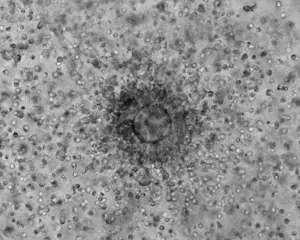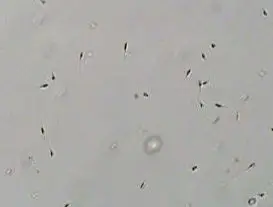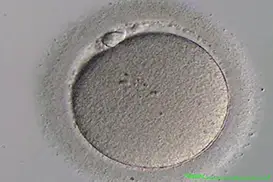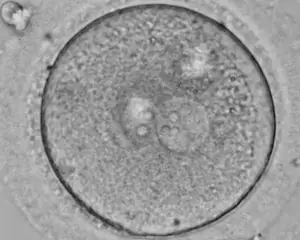The IVF Process
There are five main steps in the IVF Process.
Steps to Successful IVF at Dallas - Fort Worth Fertility Associates
A specific treatment protocol will be developed by our highly trained fertility doctors. The following are the five main steps that are a part of every IVF cycle.
Oocyte (Egg) Retrieval

Most patients are candidates for transvaginal ultrasound-guided egg retrieval. This procedure involves the use of a vaginal sonogram to guide a needle through the posterior wall of the vagina into the ovary. Each of the follicles that have been growing over the last 1-2 weeks is drained. The procedure is conducted under intravenous sedation, administered by an anesthesiologist, so that patients will be comfortable. The procedure usually lasts about 30 minutes and patients are allowed to go home after a one- to two-hour recovery. IVF patients should have nothing to eat or drink in the eight hours prior to egg retrieval. Patients will need someone to drive home after the oocyte retrieval procedure.
As soon as possible after the egg retrieval, the preliminary results of the number of oocytes retrieved will be revealed. The quality, number, and/or maturity of the eggs may not be evident however. The eggs are surrounded by granulosa cells, which sometimes prevent a quick evaluation.
IVF patients participating in our donor egg program will consult with the donor egg coordinator. The eggs will be retrieved from the donor in the same manner as above, after FSH stimulation. They will then be combined with the father’s sperm.
Collection of Semen Specimens

A semen specimen will be required on the day of egg retrieval, and should be collected at Dallas Fertility Center. Abstinence from intercourse is required for two to four days prior to egg retrieval. Typically, ejaculation should occur the same evening hCG is given, to assure the best quality sperm for the procedure. If significant male infertility is present, abstinence may be slightly prolonged. If any collection difficulties are anticipated, a cryopreserved specimen may be used as a back-up.
Fertilization of the Oocytes

After the egg retrieval, fertilization is either carried out by conventional IVF or intracytoplasmic sperm injection (ICSI). With conventional insemination, the ejaculate is prepared in such a way that the most motile sperm are selected. These sperm are placed in small droplets of media with the oocytes and allowed to fertilize over night. Alternatively, ICSI may be performed, where a single sperm is inserted directly into the egg with the use of a small needle. The decision to perform conventional IVF or ICSI is based largely on the semen sample provided on the day of egg retrieval.
IVF patients are contacted by our staff one day after the egg retrieval and given the status report on the number of oocytes that fertilized. One of the risks of in vitro fertilization is lack of fertilization. Sometimes the reason for this is understood, but many times no reasons are evident.
Embryo-Blastocyst Culture

After fertilization of the oocyte is confirmed, the fertilized oocyte or embryo is allowed to grow in culture. The fertilized egg (zygote) is at the single cell stage at the time of the fertilization check and is considered one day old (Day 1). The embryo (zygote) is then cultured in the lab whereby we hope that it continues to grow from the single cell stage on Day 1, to the 2-4 cell stage on Day 2, 5-8 cell stage on Day 3, Morula (12-16 cell) stage on Day 4, and the Blastocyst (32+ cells) stage on Day 5.
Either a cleavage-stage (day 2 or 3) embryo or a blastocyst (day 5 or 6) will be transferred to the uterus. A blastocyst is an embryo that has been cultured for five or six days and differentiated into two distinct cell types. This compares to cleavage-stage embryos, which are cultured for three days or until the six- to eight-cell stage. Blastocysts are “heartier” and more likely to implant and produce an ongoing pregnancy. For this reason, fewer blastocysts need to be transferred to the uterus in a cycle; sometimes as few as one. This dramatically reduces the rate of high order multiple births. Blastocyst transfers cannot be used in every couple.

Embryo Selection and Transfer
The embryo transfer procedure is very similar to an IUI. While watching with an ultrasound, a small catheter is introduced through the cervix and into the uterine cavity. An even smaller catheter is then loaded with the embryo(s) and passed through the first catheter. The embryo(s) is then pushed out into the uterus where it will hopefully implant. After the transfer, patients are asked to rest in a lying position for approximately 30 minutes.
Inside the IVF Lab at Dallas - Fort Worth Fertility Associates
Learn more about the process of IVF inside the embryology lab..
Ready to build the family of your dreams?
Schedule your consultation with one of our doctors today.
Schedule Consultation